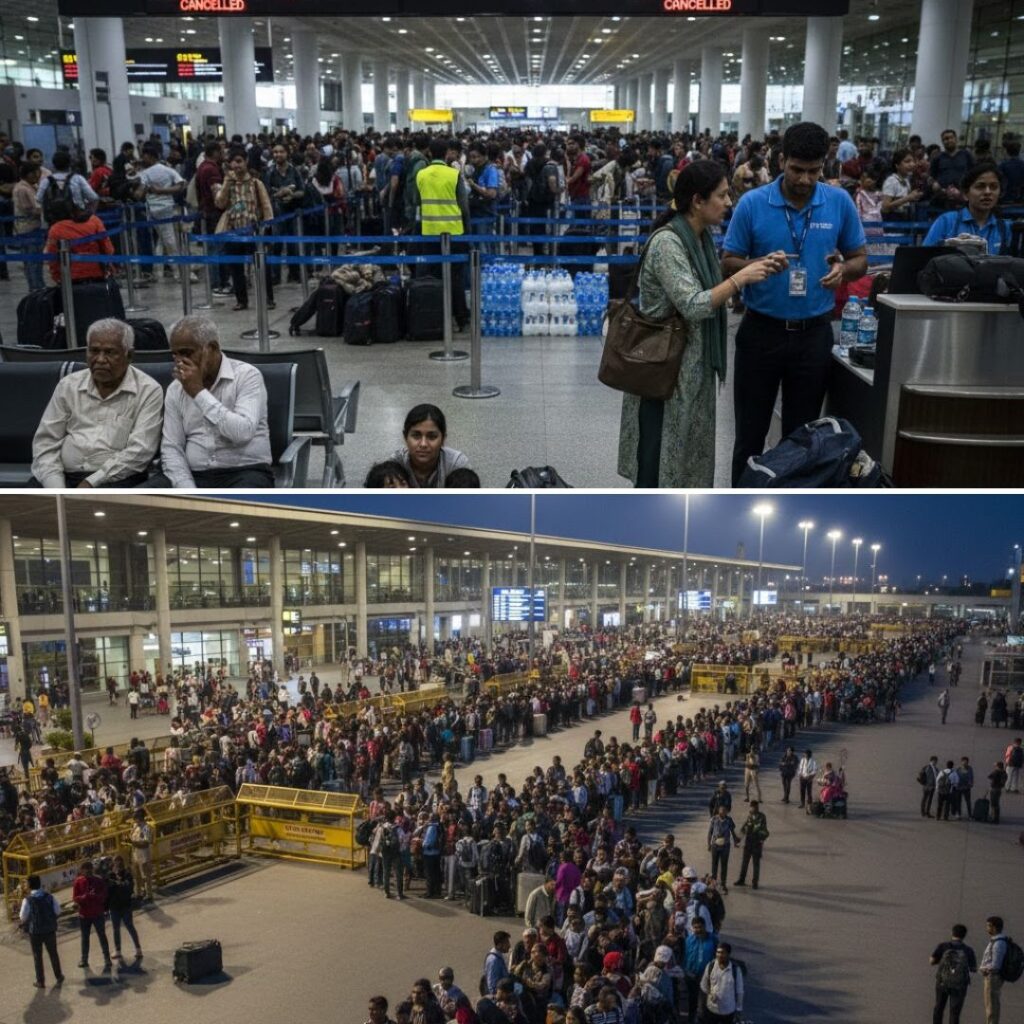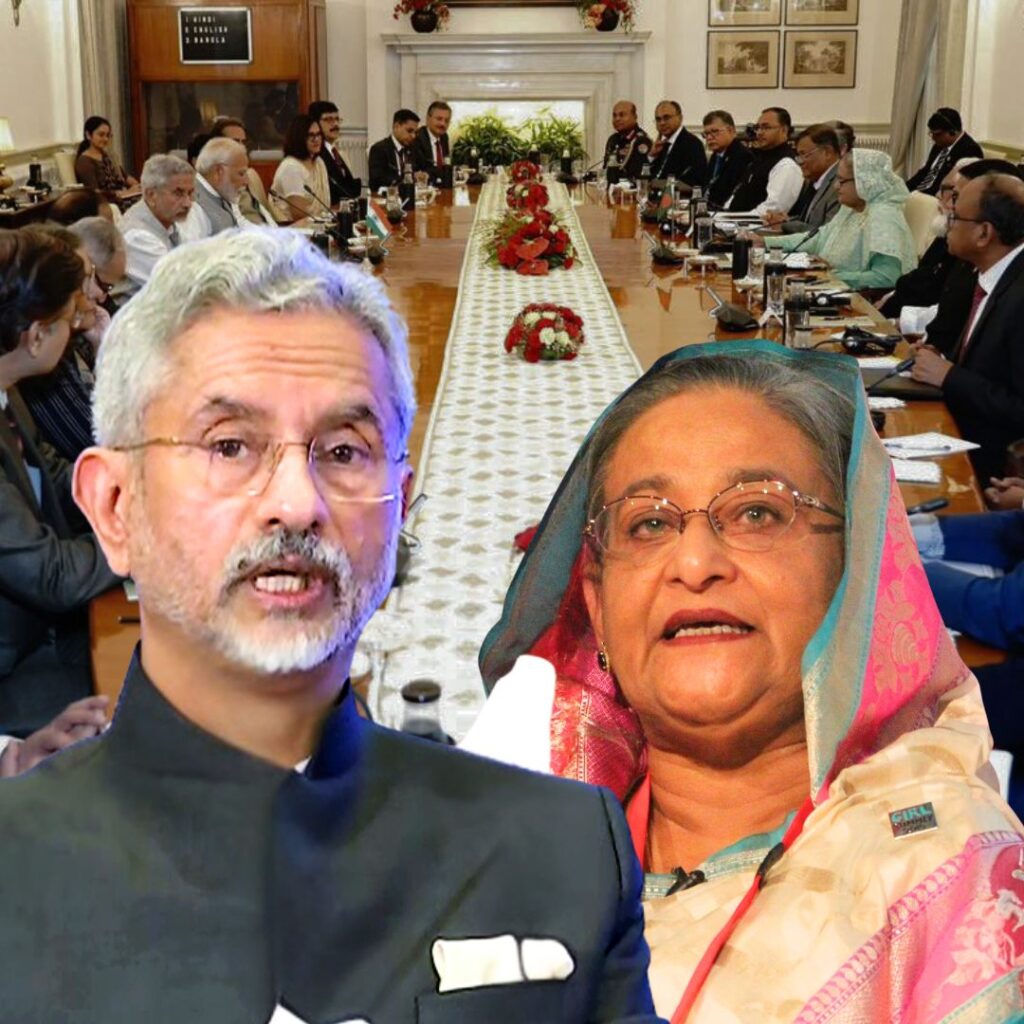Over the past five years, 91 violent attacks on Indian students studying abroad have been reported, resulting in 30 fatalities, according to data presented by the Ministry of External Affairs (MEA) in the Lok Sabha. Canada and Germany have seen the highest number of incidents, with Canada reporting 27 attacks, of which 16 were fatal.
The government emphasizes that the safety of Indian students abroad is a top priority and that missions closely monitor incidents to ensure proper investigation and punishment of perpetrators. Despite these efforts, concerns over student safety persist, especially with the rising number of Indian students studying abroad.
Rising Concerns Over Student Safety Abroad
The data highlights that between 2020 and 2024, 77 violent attacks were recorded, with a significant spike in 2024, where 40 incidents occurred. Germany and Canada have been identified as the countries with the most attacks, with 11 and nine incidents in 2024, respectively.
Minister of State Kirti Vardhan Singh noted that Indian missions abroad are vigilant and work closely with host countries to address safety concerns. Despite these measures, the increasing number of Indian students abroad—over 1.33 million as of January 2024—has heightened safety concerns.
Many students and their families express anxiety about the lack of comprehensive safety protocols and the need for more proactive measures to prevent such incidents.
Historical Context and Trends
Historically, Canada has been the most fatal destination for Indian students, with 16 deaths from violent attacks over the past five years. The United States also reported nine fatal incidents, all of which resulted in student deaths.
The broader trend shows that between 2019 and 2023, 633 Indian students died abroad due to various reasons, with Canada accounting for the highest number of fatalities at 172. The lack of clarity in reporting and varying definitions of “attacks” complicate understanding these trends. Additionally, incidents like the tragic murder of Indian students in Canada have raised questions about the effectiveness of current safety measures.
Government Response and Future Measures
The Indian government has reiterated its commitment to enhancing safety protocols for students abroad. This includes regular communication with host countries to ensure prompt action against perpetrators and providing support to affected families.
The government also plans to improve pre-departure counseling to better prepare students for potential risks. However, critics argue that more needs to be done to prevent such incidents, including stronger legal frameworks and better coordination with international law enforcement agencies. There is also a call for educational institutions to take more responsibility in ensuring student safety.
The Logical Indian’s Perspective
The safety of Indian students abroad remains a pressing concern that requires collaborative efforts from governments and educational institutions worldwide. While studying abroad offers immense opportunities, it should never come at the cost of personal security.
The Logical Indian urges stakeholders to enhance dialogue and implement robust safety measures, such as mandatory safety briefings and emergency response plans. What steps do you think should be taken to ensure the safety of Indian students studying abroad? Share your thoughts below!











